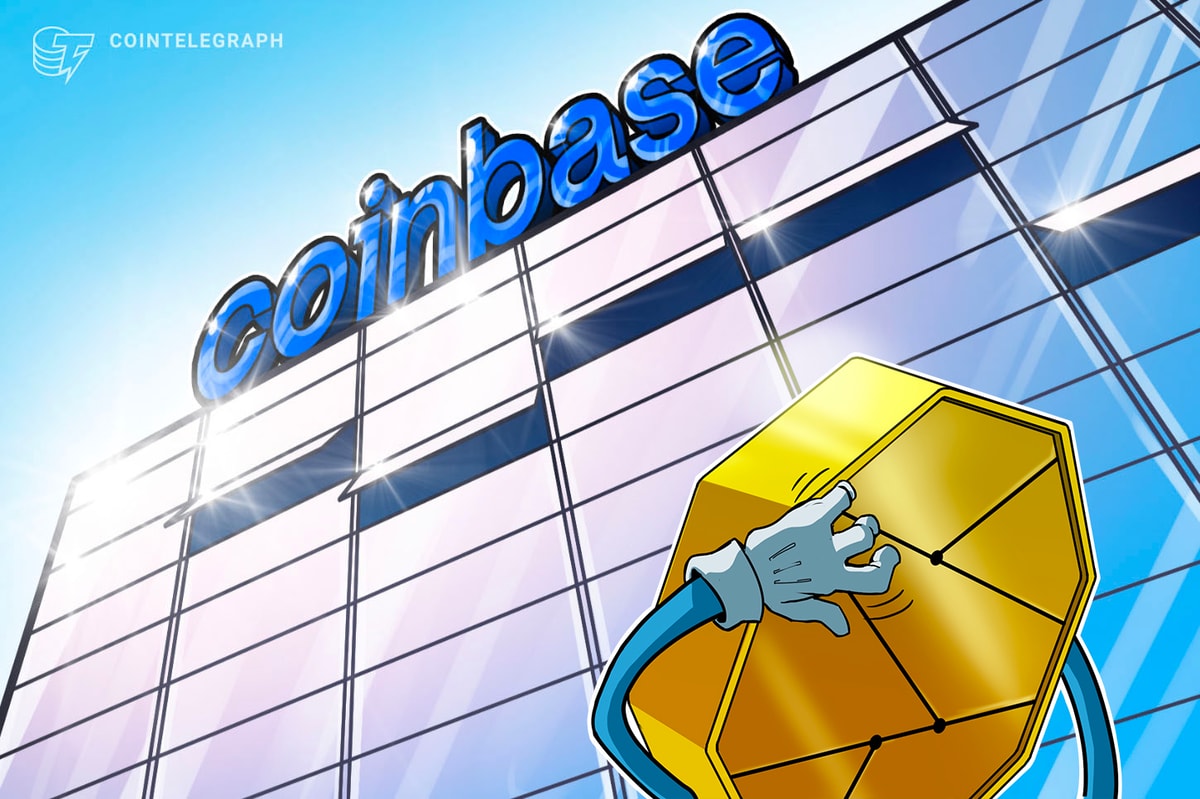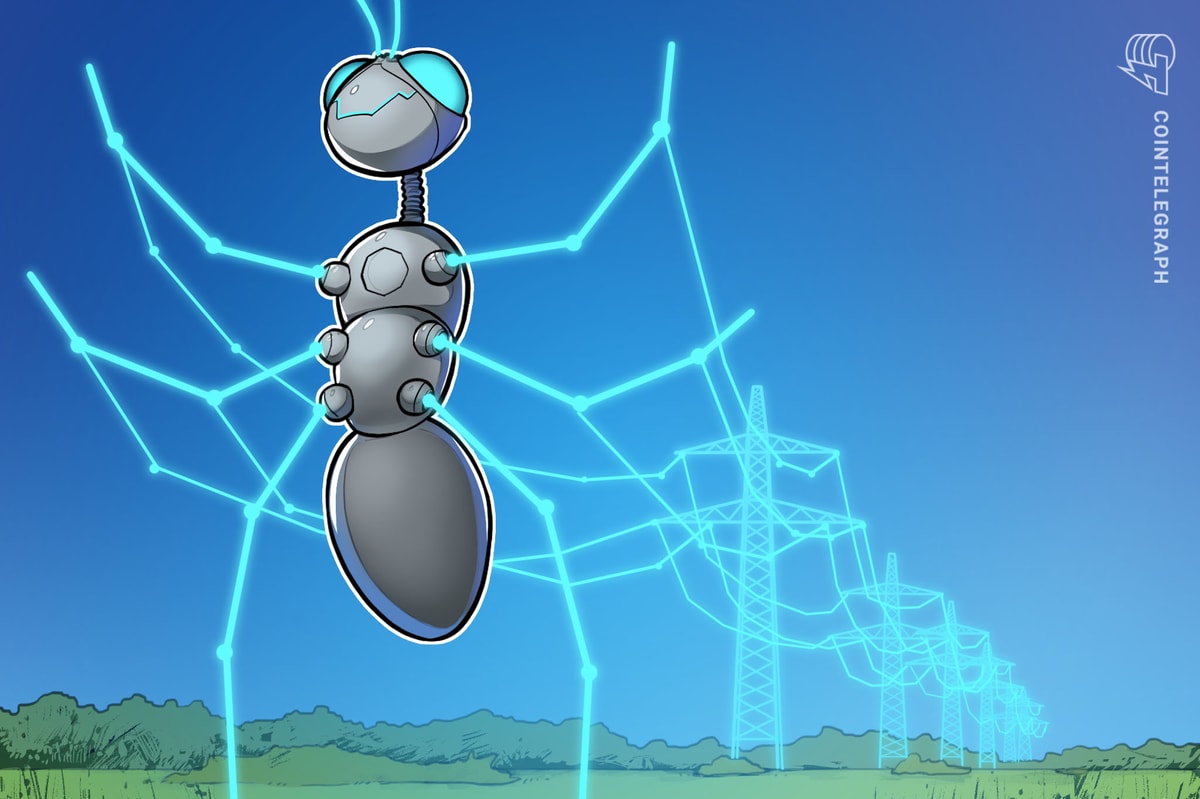On May 9, 2022, I received a message from a friend saying, “Huge amounts being withdrawn from anchor right now.”
We had been talking about the potential of a UST depeg for weeks, so seeing what unfolded over the next few days wasn’t too surprising, but it was shocking to witness nonetheless.
This was the start of UST losing its peg with the US Dollar and many watched as the value of the stablecoin cascaded toward red. UST and its sister currency, LUNA, went down together in one of the most catastrophic events in modern crypto history.
I want to express my deepest sympathy to anyone who has been directly or indirectly affected by these events.
While the current market struggles continue, we must think about the future and how people will look back at this event. Personally, I believe that the industry will look back at May – July 2022 as the next era of DeFi and the moment Web3 and DeFi insurance began to blossom.
The dilemma of DeFi insurance
DeFi insurance has been making noise over the last 18 months to two years and yet no significant payouts (that is until UST).
Building an insurance protocol through this time allowed me to become more of an observer, especially as we are trying to build a platform with a new model.
DeFi insurance protocols that provided coverage for UST depeg were facing major payouts. These payouts would come from staked underwriting funds. I saw the prospect of a worrying dilemma for established protocols.
Either payout and potentially infuriate those users who staked, or they refuse to pay out and diminish all sense of trust or credibility with current policyholders.
It’s a lose-lose situation.
What happened?
I wanted to understand the perspective of the insurers. I hosted a Twitter Space with representatives of Bright Union, Ease DeFi, InsurAce and Nexus Mutual. Not all these insurance companies covered the UST depeg, but it was an opportunity to collaborate and learn during these turbulent times. The different protocols had a variety of offerings and different cover wording.
Watching from afar, it was clear to see a lot of work was being done in the background to try and combat the issue of who to upset more, policyholders or stakers?
It’s important to note that these protocols are community-led. Therefore, DAOs are in place, and proposals were voted on by token holders about the future of their protocol. It was very clear that significant payouts were looming for insurance companies. Proposals were drafted up and shared amongst the relevant committees to decide how to proceed.
Eventually, payouts were agreed for eligible claims on the UST depeg with both Unslashed and InsurAce.
Despite initially being delayed in their response, Unslashed’s latest update is that they started paying out some claims in June.
InsurAce, however, has already finished paying out with their response initially much faster. With over 173 claims paid out, InsurAce has faced an enormous claim amount of over $11.7 million in UST depeg claims.
In doing so, InsurAce recognized that they would need to rectify issues with stakers who were presumedly saddened by the loss of their capital. They proposed their own compensation planwhich aimed to reduce the damage caused and reward loyalty.
This means that insurance companies have chosen the latter option in the aforementioned lose-lose scenario. One that, I personally, think they have been wise to take not just for their own futures, but for the future of the industry overall.
Additionally, all this was done in a timely manner. It was addressed within two months since the event started. This is a win for DeFi insurance as TradFi would likely have taken years to make a decision whether to pay out — let alone weeks.
So where do we go from here?
While each DeFi insurance model may be different, we are all insurance and we can learn lessons and grow from learning from each other.
We all have visions of providing insurance to Web3 users and functioning well within the blockchain industry. This means that unlike other industries, competition with DeFi insurance seems to be a learning curve for all of us and we can learn some lessons to build a stronger future for everyone.
Due to UST depeg payouts:
- We learned from InsurAce that a quick reaction, open communication and a clear strategy in unexpected situations will increase your credibility and prospects as a platform.
- We learned from Unslashed that a fair process may require external help (they used Kleros to help).
There is still a substantial amount of assets out there that are not covered. This is an opportunity to review and recognize failings from existing insurance protocols for a stronger future.
DeFi insurance is usually defined by the value staked in the pool. For the future, we have to look at ways to increase capacity for the many and not just a few. Limited capacity can make purchasing cover become a bit of first come, first served.
Increasing the capacity can lead to mass adoption and the normalization of insurance in Web3. Insurers like us must work closer with protocols that we have analyzed the risk of and agreed to work with to provide insurance as a standard with their products, or at the very least, an addon that everyone is aware of.
This will help show users the benefits of insurance as part of a strong plan instead of just an additional option.
Rupert Barksfield is the project lead of Amulet.org — Simple Reliable Insurance for Everyone in Web3.
This article was published through Cointelegraph Innovation Circle, a vetted organization of senior executives and experts in the blockchain technology industry who are building the future through the power of connections, collaboration and thought leadership. Opinions expressed do not necessarily reflect those of Cointelegraph.
Learn more about Cointelegraph Innovation Circle and see if you qualify to join











